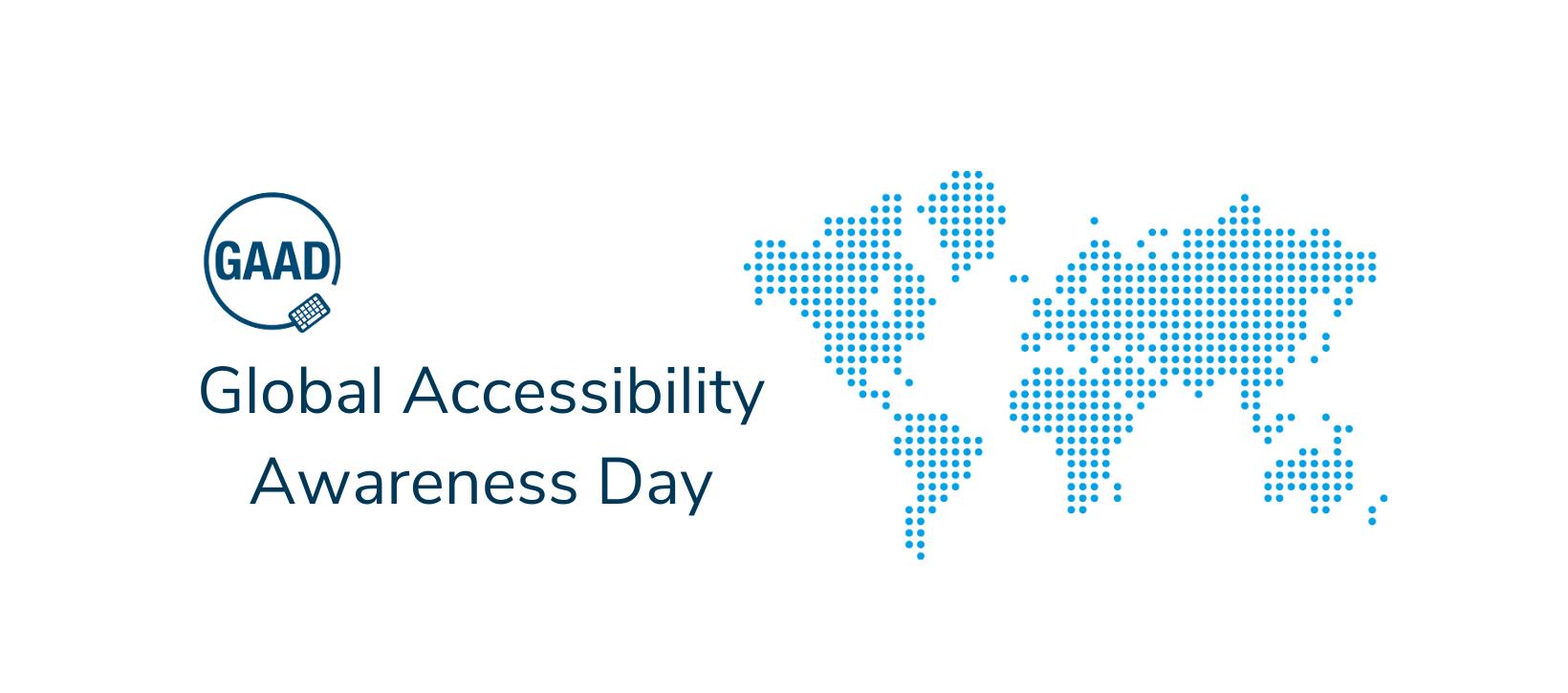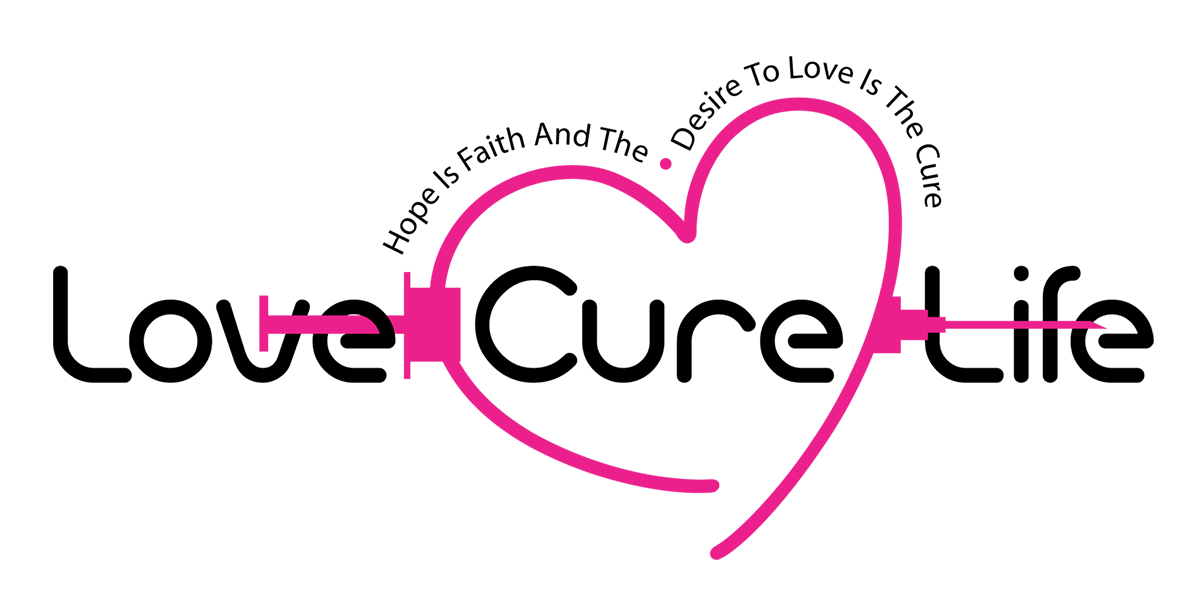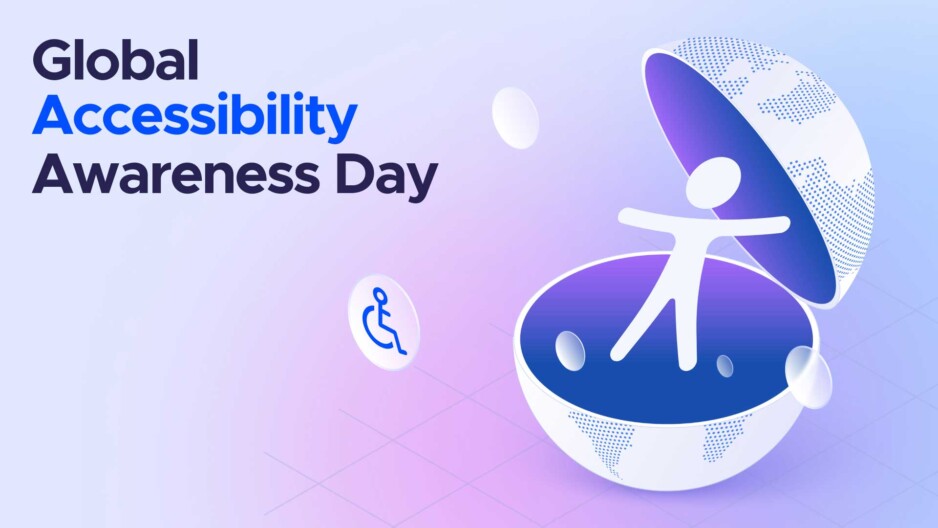
Background and Significance of Global Accessibility Awareness Day
History and Origin
Global Accessibility Awareness Day (GAAD) began in 2012 as a grassroots initiative aimed at fostering awareness of digital accessibility and inclusive design. The idea was born from a simple realization: millions of people face barriers when interacting with digital content. This day was established to encourage individuals and organizations to take action. GAAD quickly gained traction as a platform for sharing information about accessibility, culminating in a worldwide recognition that brings together people from various sectors.
Significance in the Tech Industry
For the tech industry, GAAD has profound importance. It serves as a reminder that inclusivity should be integrated at every stage of product development. Many companies now reference GAAD in their policies and strategies, promoting:
- Enhanced user experience for everyone
- Improved compliance with accessibility standards
- Broader customer reach
With tech evolving rapidly, celebrating GAAD continues to be vital for ensuring that all users can access and enjoy technology.
Global Impact
The impact of GAAD extends far beyond borders. Activists, organizations, and communities worldwide engage in events and initiatives that raise awareness about the importance of accessibility. This one day a year galvanizes collective action, leading to:
- A rise in accessible products and services
- Heightened understanding of disability rights
- Cross-cultural conversations that foster global unity
By establishing GAAD, the conversation around accessibility has turned into a powerful movement, inspiring lasting change in how we design technology for diverse populations. Each celebration serves as a pulse check on our progress and motivates individuals and corporations alike to continue striving for inclusivity beyond just one day each year.

Understanding Accessibility
Definition of Accessibility
Accessibility refers to the design of products, devices, services, or environments that are usable by people with disabilities. Essentially, it’s about breaking down barriers that prevent individuals from fully participating in society. For many, accessibility means ensuring that everyone can interact effortlessly with digital platforms, allowing equal access to information and services.
Types of Disabilities
Disabilities come in various forms, affecting individuals in different ways. It’s crucial to understand these distinctions to create effective solutions. Typical categories include:
- Visual Disabilities: Blindness or low vision
- Hearing Disabilities: Deafness or hearing impairment
- Cognitive Disabilities: Learning disabilities or other cognitive challenges
- Mobility Impairments: Limited movement or dexterity issues
Recognizing these types emphasizes the need for diverse and inclusive designs.
Technologies for Accessibility
Fortunately, technology is evolving to support accessibility. Various innovative tools play a vital role in leveling the playing field, such as:
- Screen readers for visually impaired users
- Captioning systems for the hearing impaired
- Keyboard shortcuts for individuals with mobility challenges
- Voice recognition software for those with cognitive disabilities
Through awareness and the implementation of these technologies, society can create a more inclusive environment for all. By understanding accessibility, we can advocate for design principles that consider every individual’s needs.

Initiatives and Events on Global Accessibility Awareness Day
Global Campaigns
On Global Accessibility Awareness Day (GAAD), numerous global campaigns ignite a spark in communities worldwide. Organizations, advocates, and individuals rally together to spread the message of accessibility. These campaigns focus on raising awareness through social media, challenges, and public discussions that highlight the need for inclusive practices. For example, hashtags like #GAAD encourage sharing personal experiences that demonstrate the importance of accessible design.
Virtual Events and Webinars
With the rise of digital platforms, many participants join virtual events and webinars dedicated to accessibility education. These online gatherings offer valuable insights, featuring experts in the field who share best practices and innovative solutions. Participants can expect to engage in:
- Q&A sessions with industry leaders
- Case studies showcasing accessible design successes
- Networking opportunities with like-minded individuals
This digital shift enables a wider audience to participate, breaking geographical barriers.
Inclusive Design Workshops
Workshops focused on inclusive design principles are another highlight of GAAD. These interactive sessions allow designers, developers, and stakeholders to brainstorm ways to foster accessibility in their work. By engaging in practical activities, attendees learn to create products that cater to diverse needs. Personal anecdotes shared during these workshops help ground concepts, making them relatable and actionable.
Indeed, GAAD embodies a global celebration of inclusivity, encouraging people to think critically and creatively about accessibility in their everyday lives.

Accessibility Challenges and Solutions
Common Challenges Faced
Despite growing awareness, numerous challenges persist in achieving true accessibility. Individuals often encounter barriers such as:
- Lack of Awareness: Many organizations simply do not prioritize accessibility, unaware of its significance.
- Inadequate Resources: Small businesses might struggle to allocate funds or expertise for accessible design modifications.
- Technological Limitations: Existing tech may not meet accessibility standards, creating inconsistencies in user experiences.
These hurdles underscore the ongoing need for dialogue around accessibility.
Innovative Solutions
Fortunately, innovative solutions are emerging to tackle these challenges head-on. Examples include:
- Universal Design Principles: Implementing designs that cater to various needs from the beginning.
- AI and Machine Learning: Tools that enhance user experience through adaptable interfaces.
- User Testing with Diverse Groups: Gaining feedback from individuals with disabilities ensures that products meet real-world needs.
These strategies collectively help in bridging the accessibility gap.
Role of Legislation
Legislation plays a crucial role in driving change. Laws and regulations, such as the Americans with Disabilities Act (ADA), set standards for accessibility that businesses must comply with. Regular monitoring and enforcement of these laws encourage organizations to adopt better practices. With legal frameworks in place, accessibility becomes not merely an option but a requirement, pushing the narrative towards inclusivity.
By addressing challenges through innovative solutions and strong legislative measures, society can pave the way for a more accessible future for everyone.

Promoting Inclusivity and Awareness
Corporate Responsibility
For businesses today, promoting inclusivity isn’t just a moral obligation; it’s a vital aspect of corporate responsibility. Companies are beginning to recognize that embracing accessibility not only broadens their customer base but also enhances their brand reputation. A few notable ways organizations can show commitment include:
- Accessibility Audits: Regularly evaluating digital platforms for compliance with accessibility standards.
- Training Employees: Offering workshops and courses to educate teams about disability awareness and inclusive practices.
These steps signify that a brand genuinely cares about all its users.
Inclusive Design Practices
Integrating inclusive design practices into product development is essential. This involves considering the diverse needs of users from the outset. Key elements include:
- User-Centric Design: Involving people with disabilities in the design process to ensure functionality.
- Iterative Testing: Continuously testing and refining products based on user feedback ensures that they are truly accessible.
Such practices foster an environment where everyone’s voice is valued.
Community Engagement
Engaging with the community is another critical aspect of promoting inclusivity. Companies can actively participate in or sponsor local events that raise awareness about accessibility. This not only strengthens ties with the community but also helps to elevate the conversation around disability issues. By sharing stories and experiences, organizations can inspire others to take action, creating a ripple effect of positive change.
By embracing corporate responsibility, adopting inclusive design practices, and fostering community engagement, businesses can play a pivotal role in promoting awareness and supporting accessibility for everyone.

